Tsunami that changed an island and its people
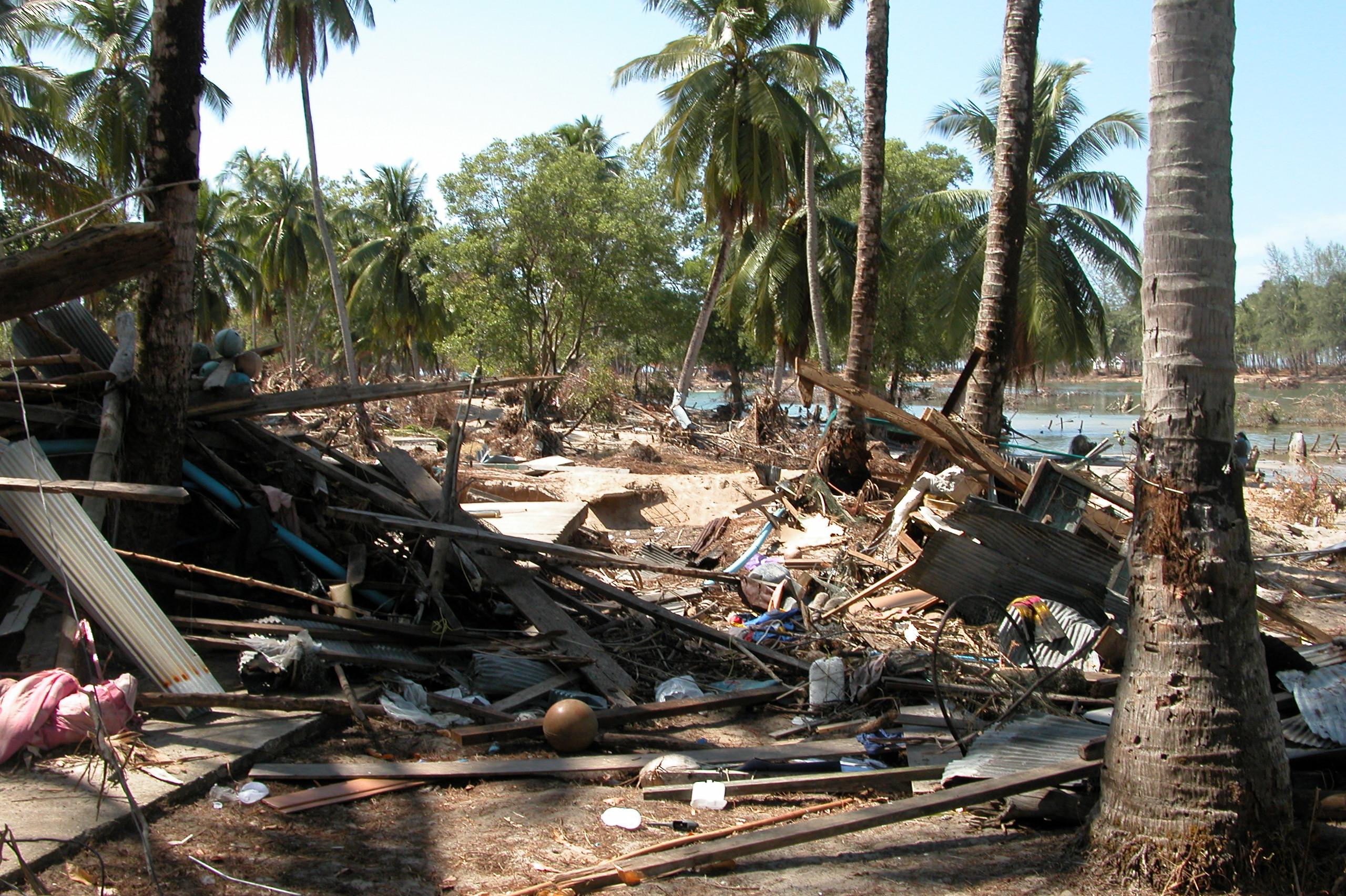
Ten years ago an earthquake devastated the coasts along the Indian Ocean. The islanders of Ko Phra Thong, in Thailand, were deluged with aid but the houses and schools built with Swiss money lie empty and in ruins.
Jue Koikaew is waiting at the harbour. He signals to us to get on his boat, being careful not to slip. On the dock, a poster requests passengers to wear a life vest and some young fishermen are mending their nets.
We put out to sea. Slowly we advance through the mangrove channels in the direction of Ko Phra ThongExternal link. This island in the Andaman Sea, 150 km north of Phuket, is known for its biodiversity and exceptional marine life. Less known is the fate endured by its 1,200 inhabitants.
The fishermen of the island were among the poorest victims of the tsunami that struck southern Thailand on December 26, 2004. The country’s death toll numbered 8,200; half of these were tourists and foreign workers.
After a good hour we arrive at our destination. Casuarina trees and coconut palms line the shore. This thicket of vegetation obscures a tragic past. “Here was the village of Pak Chok,” Koikaew tells us as he beaches his boat. “Now there is nothing.”
PLACEHOLDER
Saved by a tree
Pak Chok, the only settlement facing the open sea, was completely destroyed by the tsunami. A total of 76 people – a quarter of the village’s population – died. The survivors moved to the mainland for good and for many of them, fear is still a factor. Just two villagers decided to stay.
“Our house was on the outer edge of Pak Chok, it was the farthest inland. Now we are the only ones still here. We did not want to leave the land where we had lived for more than 30 years”, explains 64-year-old Somchan Kongkaew who lives on the island with his wife.
In the shade of a wooden awning, the islander vividly recalls that Sunday ten years ago. “There was a loud bang. I thought two boats must have collided. Then I saw the water coming, and my wife and I climbed up a tree.”
After an hour perched on the tree, the ground was covered in debris and dead fish and they could assess the damage. Their wooden house was still standing, though it had taken a beating. Everything else – the boat, the fishing gear, tools and food stores – was gone.
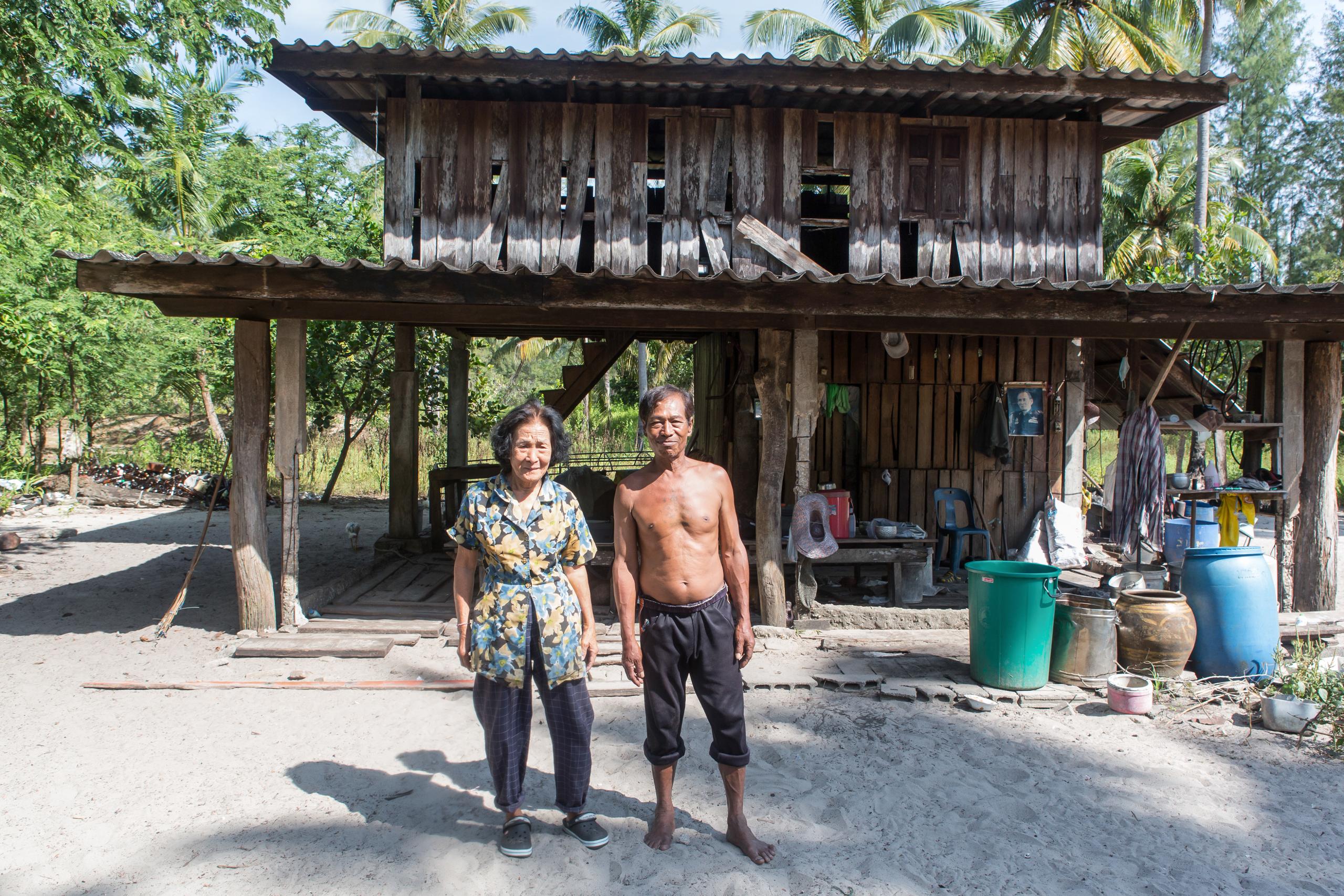
Kongkaew got a new boat from a Thai charitable foundation but that was all. Thanks to the help of some foreign volunteers, the couple were able to repair their home.
“We started again with nothing. All those people who came here after the tsunami could have given us equipment to fish and to till the land. Instead they built houses which are of no use”, complains Kongkaew.
Ghost town
His words begin to take on their full meaning a few hundred metres farther on. Dozens of wooden and cement houses, built in neat rows, forlornly face the gnawing of termites and the growth of the lush grasses. There is no sign of any occupants.
This is Ban Lion, a post-tsunami village built by Lions Club International. Originally intended to house the homeless of Pak Chok in a more sheltered area of the island, it is now semi-deserted.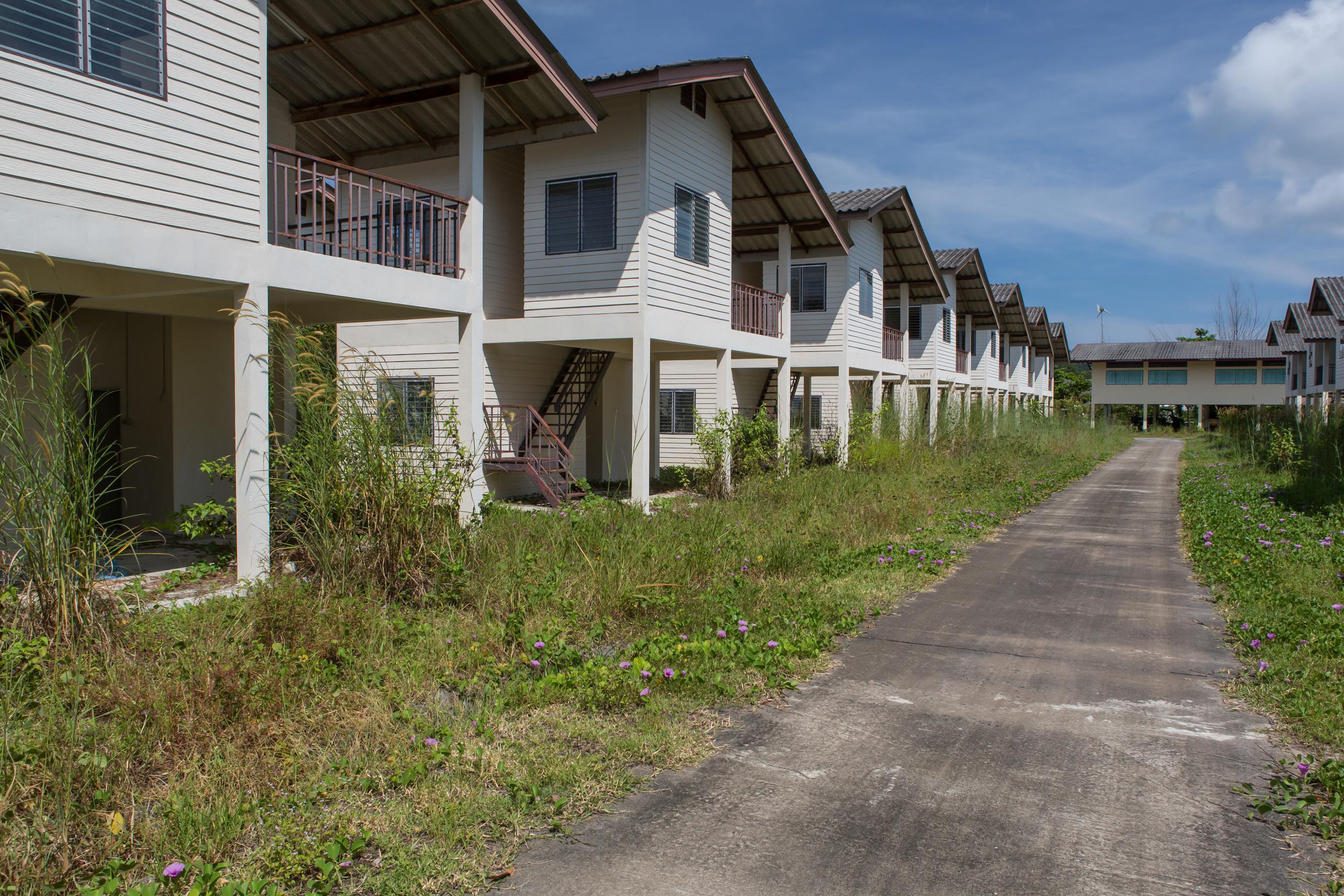
Anyone could move in here for free, says a local youth. “It was enough to say that you had lost your house in the tsunami. Even people who didn’t come from the island did it.” At the start, he remembers, there were a number of people here at Ban Lion. But then, with no work opportunities, they left for the mainland.
At the centre of this ghost town, a large building looms. It is a school “rebuilt with the help of the Swiss people”, according to a plaque hanging on the wall. The project was financed by the Swiss government’s Development and Cooperation Agency (SDC)External link, which got involved in Thailand to the tune of CHF3 million ($3.1 million) in rebuilding activities with the goal of re-establishing the fisherfolk in their communities.
But just like the houses, the classrooms here are empty. Pupils were always few in number, and a few years ago the school closed, says an old lady. “From what I see, they are using it as an elections office.”
PLACEHOLDER
Another tsunami
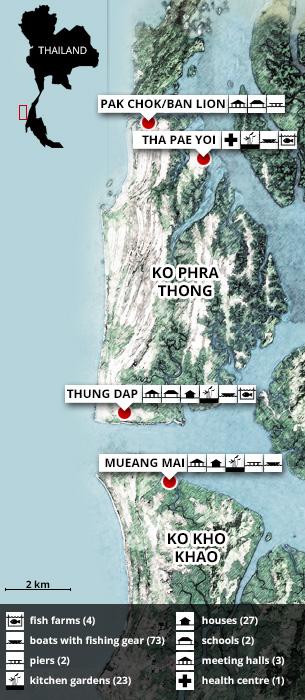
After this discouraging revelation, we travel along one of the few paved roads in Ko Phra Thong. Our driver is taking us to Tha Pae Yoi, the largest village on the island with 300 inhabitants. Sheltered by a little bay, it was largely spared the tidal wave destruction. Yet the consequences of the tsunami were felt here too.
The island community, which includes Thais, Burmese, Chinese and sea nomads, was very well integrated and everybody knew everybody else, recalls Wirat Kosakun at the wheel of his pick-up. “After the tsunami, though, there was friction between those who had received a lot of help and those who had got nothing.”
Chanu Samutwaree, who works at one of the resorts on the island, recalls receiving a new house on the mainland, although his home in Tha Pae Yoi had been left intact. Now his parents live over there. “It’s a good thing for them,” he says. “They now have all the infrastructure on the mainland, hospitals and schools.”
Many people, he explains, got a new house, a parcel of land, a boat and some money. This aid has enabled them to launch a new life on the mainland, to open a restaurant or a shop. “For quite a few families the tsunami gave them a new start in life,” says Samutwaree.
This view is shared by Bodhi Garret, an American who has spent around 15 years in the area and founded North Andaman Tsunami ReliefExternal link,External link an initiative for sustainable development of the coastal communities. Even before the tsunami, he says, the economy on the island was in decline because of the shrinking of the fish stocks, overharvesting of mangroves and the development of connections on the mainland.
“Many people in Ko Phra Thong were heavily indebted. They had to get high-interest loans to buy nets, ropes, and wood, and things needed for fishing. After the tsunami, they used the aid received from the various organisations to leave the island or get their own house. All of a sudden, they were no longer dependent on lenders to survive,” Garret explains.
Highlighting another positive aspect, he says that the island now really exists again. “The tsunami attracted the attention of environmental groups, government conservation agencies and organisations for long-term development of the local communities. In the period leading up to the tsunami, on the other hand, the only ones interested in the island were land promoters.”
Tumbledown houses
Our trip across Ko Phra Thong, an island that is almost completely flat, continues southwards. We cross an area of savannah, and when the road has become a sandy track, we arrive in Thung Dap, at the southern tip.
In the clearing at the centre of the village, a palm leaning over at 45 degrees is a reminder of the force of the tsunami. Here dozens of houses were destroyed. One of them belonged to Thep Kummayee. The former deputy mayor of the village saved himself after evacuating his whole family on board his tractor.
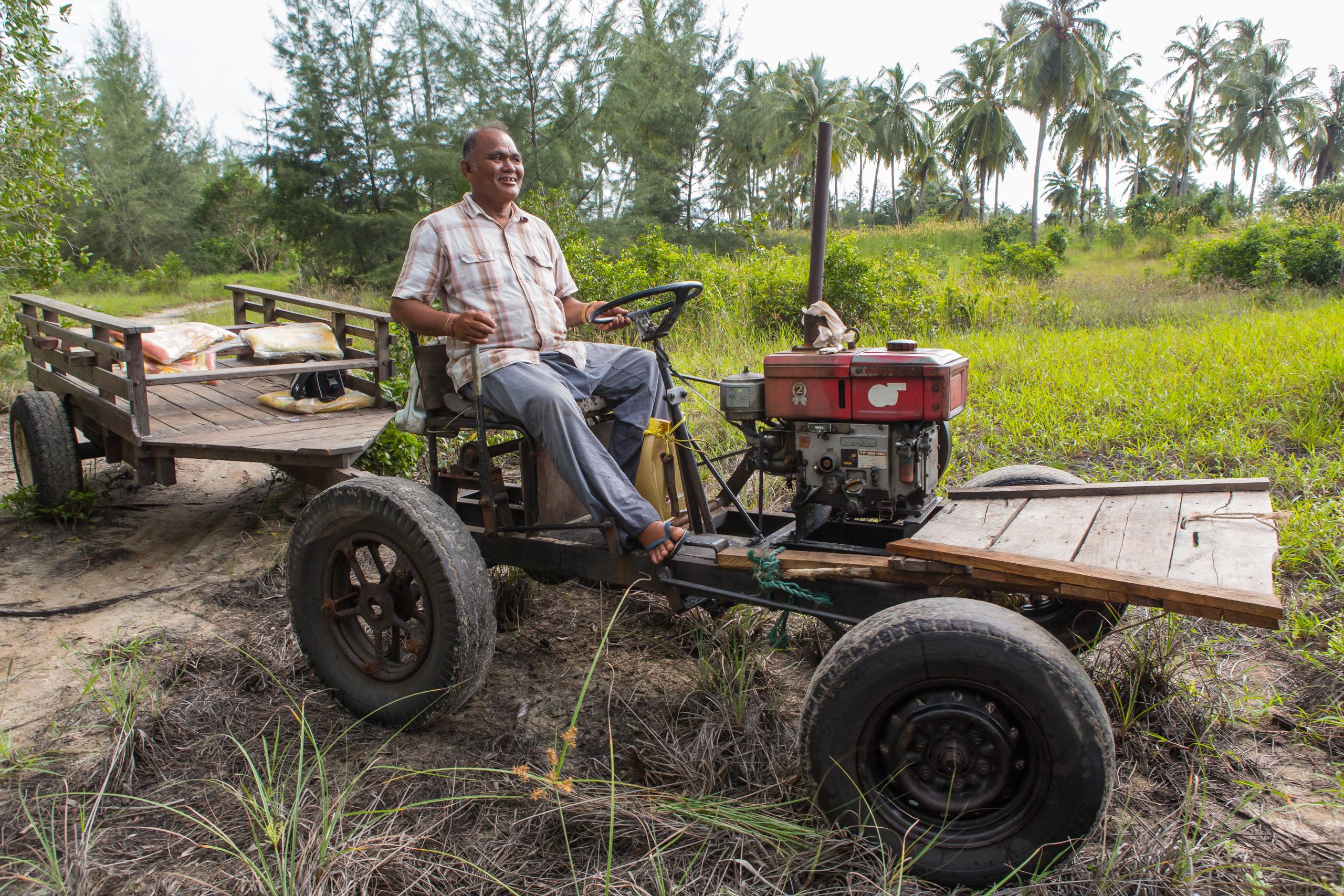
Using the same tractor, the 59-year-old transported the materials to build the houses financed by SDC. But just that didn’t entitle him to a new home. He has lived a lifetime on the island, but like many others he never had title to property, he explains.
“The Swiss built only on land for which there was official documentation. However, anyone who possessed land title- for the most part investors in tourism – left right away after the tsunami,” he says.
As a result, apart from one house where a young man and his family are living, the seven houses built with Swiss money are mostly in a dilapidated state.
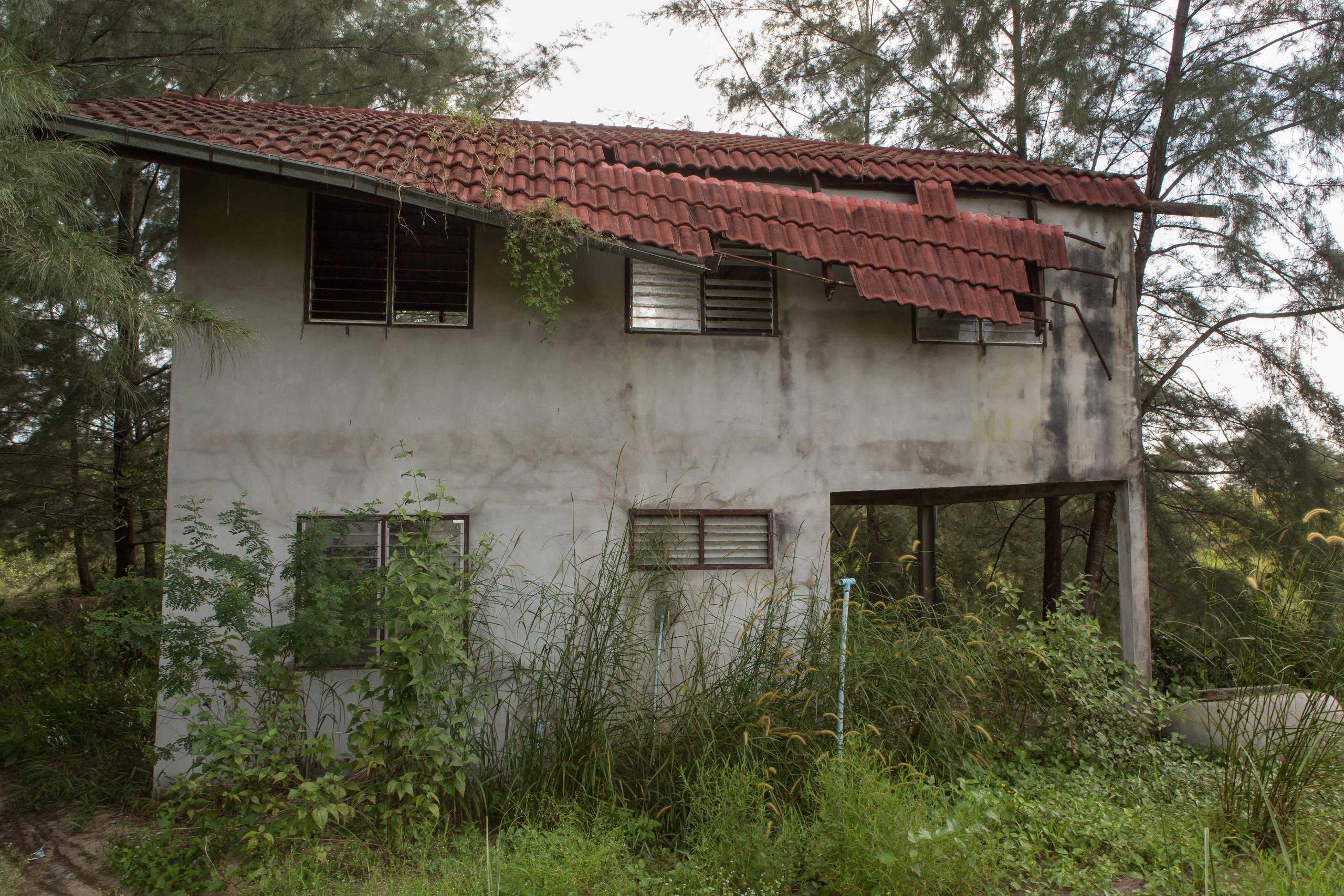
Yet the locals in Thung Dap do not seem to blame Switzerland for putting up buildings (besides houses there is also a school) that have turned out to be of no use. They blame local authorities which, according to Kummayee, are guilty of having accelerated the depopulation of the island.
“They did not provide enough teachers and they concentrated pupils in the school at Tha Pae Yoi, the only one on the island,” he says. This school is 10 km away, and in the rainy season it is unreachable. “The children have to stay at home. So many families preferred to move to the mainland,” says Kummayee. In ten years, two-thirds of the islanders have left.
When questioned by swissinfo.ch, SDC points out that work on these infrastructure projects ended in 2008External link. Following that time, “the drop in fish populations and better conditions for living and working on the mainland prompted the local people to move the focus of their day-to-day activities.” This development, says SDC, has had an impact on the use of the infrastructure built.
On the other hand, SDC emphasises that evaluations, both internal and external, carried out in Sri Lanka, Indonesia and Thailand show that projects designed in response to the tsunami “have been, in the main, a success”.
Another tidal wave
Apart from the number of victims (225,000) and of countries affected – twenty of them, on three continents – the disaster of 2004 will go down in history for another reason. The international response, which gathered $14 billion, was one of the biggest in the history of humanitarian aid.
In Switzerland too the response was without precedent. The Swiss Solidarity foundationExternal link collected donations to the tune of CHF227 million, nearly four times more than for the Haiti earthquake in 2010.

Bodhi Garret, who was involved in the external evaluations of the projects on Ko Phra Thong, including the Swiss ones, talks about a “second tidal wave” of money. In some ways, he believes, “this second tsunami that hit the islanders was more of a disaster than the first.”
The agencies involved in the affected zones – some twenty alone on Ko Phra Thong – were flush with funds and needed to demonstrate results quickly. This race between donors deprived a lot of people of their dignity and their capacity to look after themselves, Garret thinks.
“I remember that in one camp for displaced persons, flooded by the rains, people expected to be paid to dig out drainage channels to get the water out of their tents. I refused, but they knew that sooner or later another organisation would come along and do it,” he says.
This may be the main lesson to be learned from the tsunami, Garret believes. “What determines the success of a project is not so much the money invested, but the process by which it is managed and distributed. The one responsible is the donor, not the one who receives.”
South Asian Tsunami
On December 26, 2004, an undersea earthquake measuring 9.1 off the island of Sumatra triggered a series of huge tidal waves up to 30 metres high.
The tsunami came ashore in twenty countries around the Indian Ocean. Worst hit were Indonesia, Sri Lanka, India and Thailand.
Fatalities numbered 225,000 (including around a 100 Swiss). Up to two million people lost their homes, and damages were estimated at $10 billion.
(Translated from Italian by Terence MacNamee)

In compliance with the JTI standards
More: SWI swissinfo.ch certified by the Journalism Trust Initiative

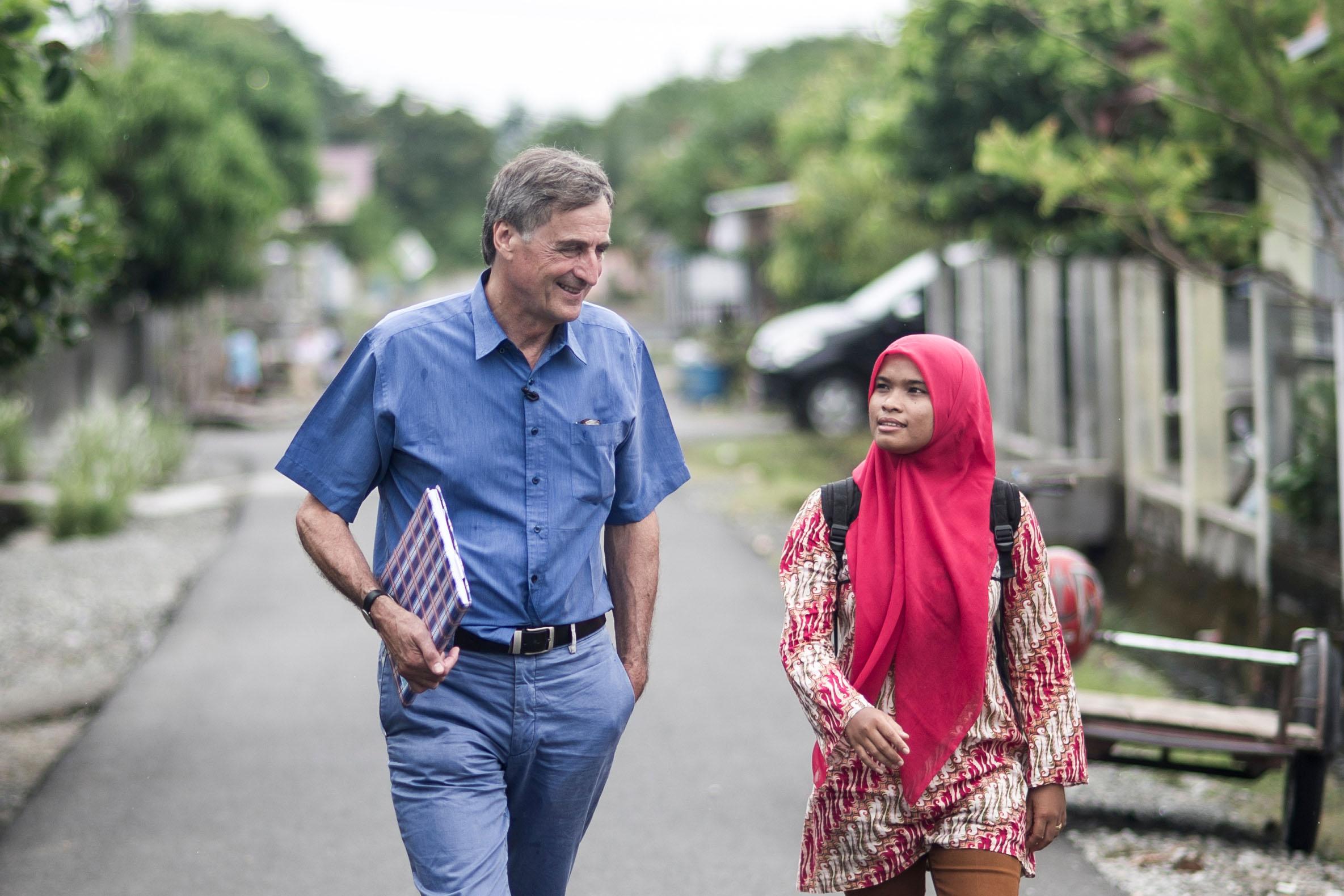
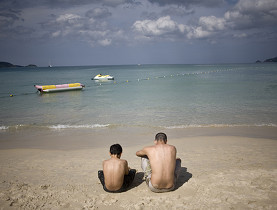
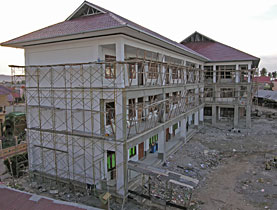
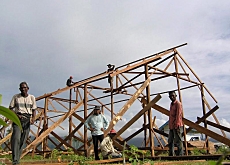
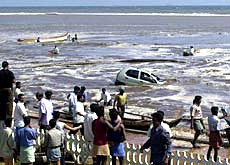
You can find an overview of ongoing debates with our journalists here. Please join us!
If you want to start a conversation about a topic raised in this article or want to report factual errors, email us at english@swissinfo.ch.